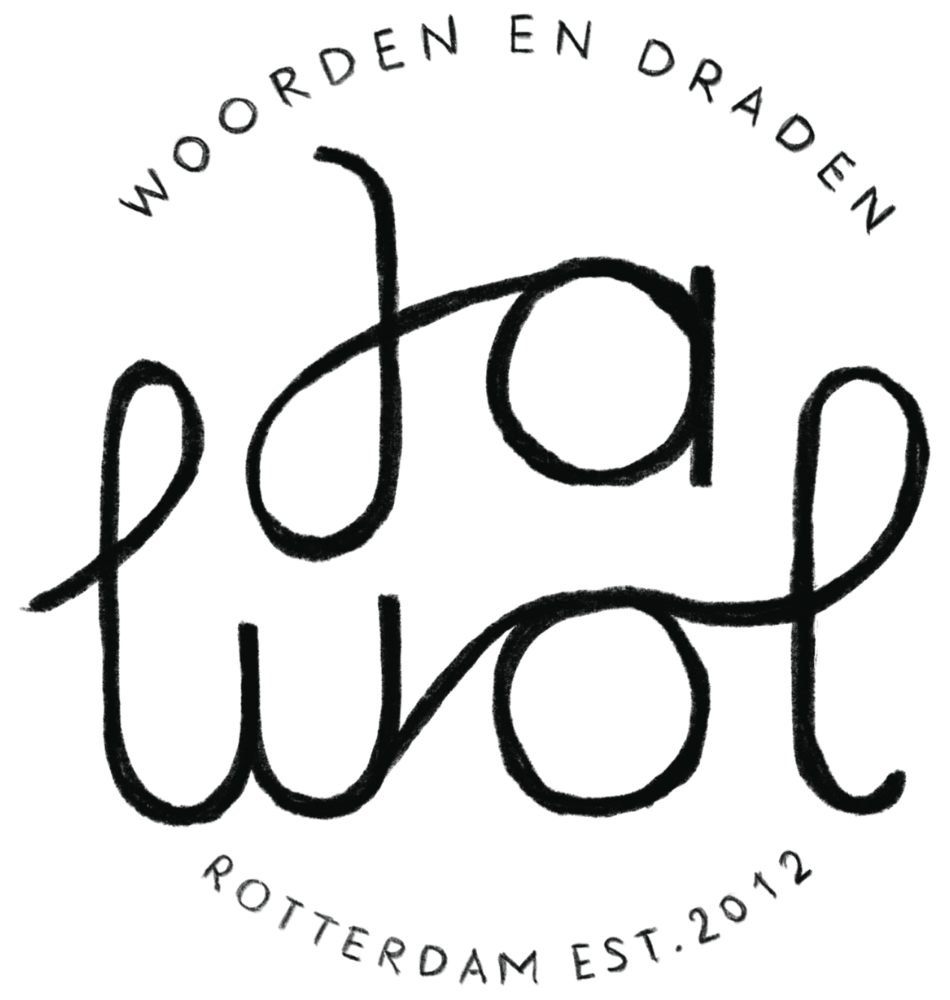(Yes, Wool / No, Cotton)
When the first wee floers* (I learned to speak a wee bit of Shetland dialect a while back..) start to appear, the first people come into the shop asking for cotton and I always feel conflicted about this little fuzzy plant.
I used to sell cotton but I kind of stopped.
I’ll tell you why...
The cotton making industry is hurting the environment. To keep it short but informative, click HERE and find out more on a very short & sweet webpage made by WWF.
20,000 LITERS
Is the amount of water needed to produce one kilogram of cotton; equivalent to a single t-shirt and pair of jeans

Right at the beginning I offered Phildar and then DROPS/Garnstudio cotton. I stopped selling both of those brands alltogether because their values didn't match mine. I moved on and started selling Moya and Vinnis from South Africa. Eco conscious cotton from brands with great values. But my customers didn't buy them. And that is simply because for the longest time the knitters weren't interested in cotton and crocheters didn't want to spend the extra money for the GOOD stuff.
Customers kept coming in for cotton and after spotting Scheepjes with a survayable collection of colours in mini balls, I decided I would go for it and order it for that specific customer: the amigurimi maker.
Turns out this customer is quite demanding when it comes to colours. Never enough choice and never the right colour it seemed.
At the same time my woolly customers were questioning why I made this choice. More than one commented on the brand and type of yarn and I started to feel bad about going a step back in my values and choices.
I sold all that was left of the mini balls for a crazy good price to a friend. She made it into an amazing bedspread that will last forever so I closed that chapter feeling better about it all.
The amazingly beautiful Dutch brand 'Kokon' offered some cotton alongside their wool and alpaca. All of it was very well made and with all the right values in place. Organic cotton, with fair trade regulations. And again... too expensive for my customers.
One of the core issues I would like to address in my work is that it is so incredibly important for us to PAY THE RIGHT PRICES for our products, BUYING LESS but BUYING BETTER.
Would you not rather have a well curated collection (stash) at home with less bulk with all the yarns you own are GOOD for man, animal and environment instead of waaaay to much stuff that you will never all use up that is tugging at your guilt?
I offer that collection with Ja, Wol. No need to figure it all out, I did the work for you.
YES YOU WOULD LIKE THAT!
But this will also ask something of you. And I'm warning you you might not like this...
I think we should all learn to choose from what is offered, and not always keep wanting what is not there. If you have an idea in mind, which is fine, train yourself to be more flexible and switch ideas at the spot if exactly what you want is not available. And if you find that hard, rely on the expertise of the professional that is helping you in the shop. Is it REALLY that important that you have the exact colour or the exact fibre? Or do other things matter as well?
And can you lean into a new way of living, a new way of collecting, buying, consuming?
Wat we offer in plant fibres right now:

Schoppel Zauberball Cotton Organic, colorful organic cotton.

Illimani Sabri Organic cotton/ alpaca mix for that extremely small amount of people that really are allergic to lanoline (more on that in another blogpost)
Lino Muka linen is the best alternative for cotton, harvested in Europe, needing not nearly as much water and a very strong fiber that will increase in softness the more you wear/use it. Linen is my new cotton.

Rauma Alpakka Lin A nice blend of warm and cool, strong and soft. In short; an allround fiber mix that is great for scarves and sweaters.
In a few weeks I will order in some more of these yarns to have a nice -be it small- collection of plant based fibers for summer knitting. Because, where 7 years ago knitters weren't really interested in plant based yarns, the times they are a changing and there is an increased interest now.
I feel good about this small but GOOD collection with just one exception. As you can read in my last blog post I try to offer a wide range of prices too. And with organic cotton that is hard. I am trying to decide if a wool/cotton blend from one of the more affordable brands I offer can exist within the mix of values that I try to work/live by. The wool/cotton mix is great for
-kids
- sensitive adults
- in between seasons
- and it is great for smaller budgets.
UGH my head... so hard to decide....
I would love to hear your ideas on this, you can always mail to info@ja-wol.com and share.
pictures of cotton plants and cotton workers from WWF website



